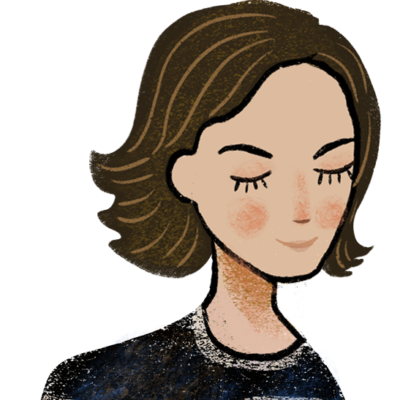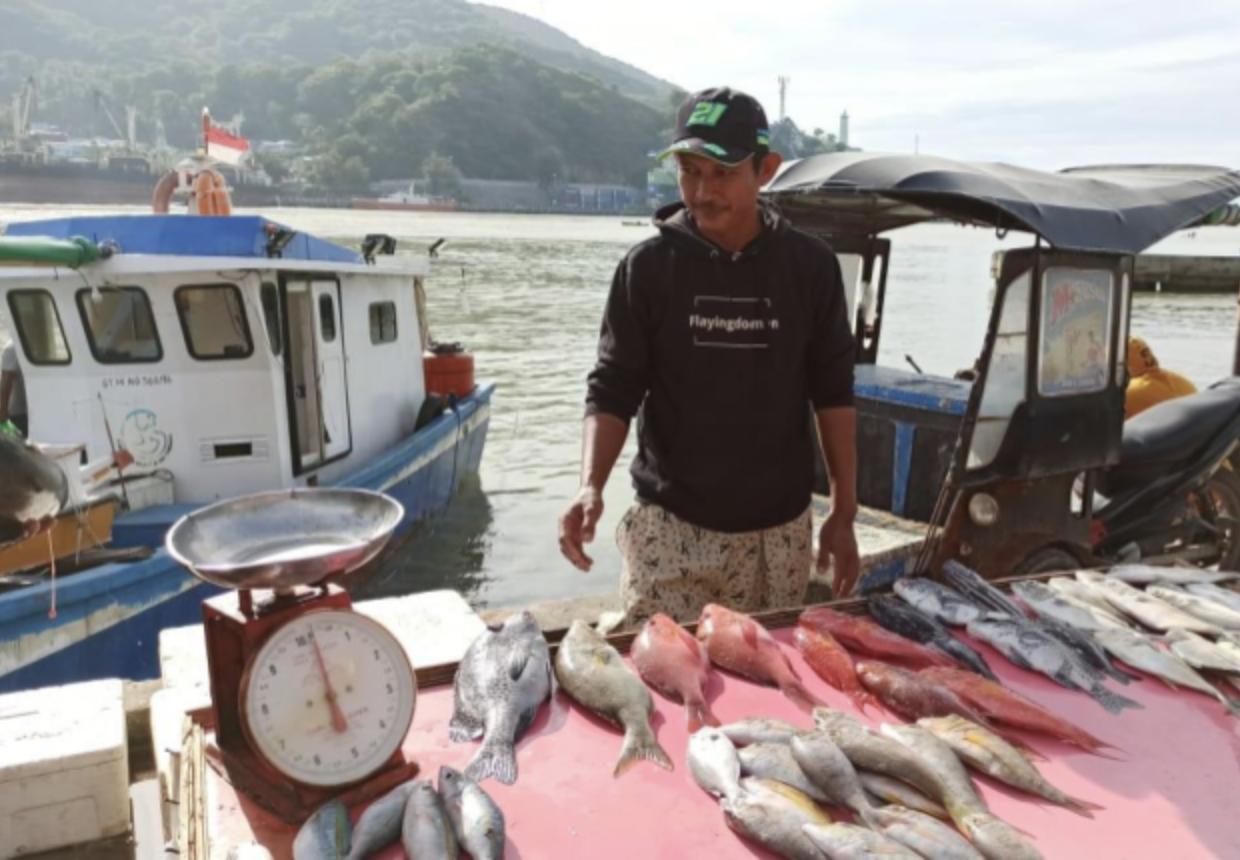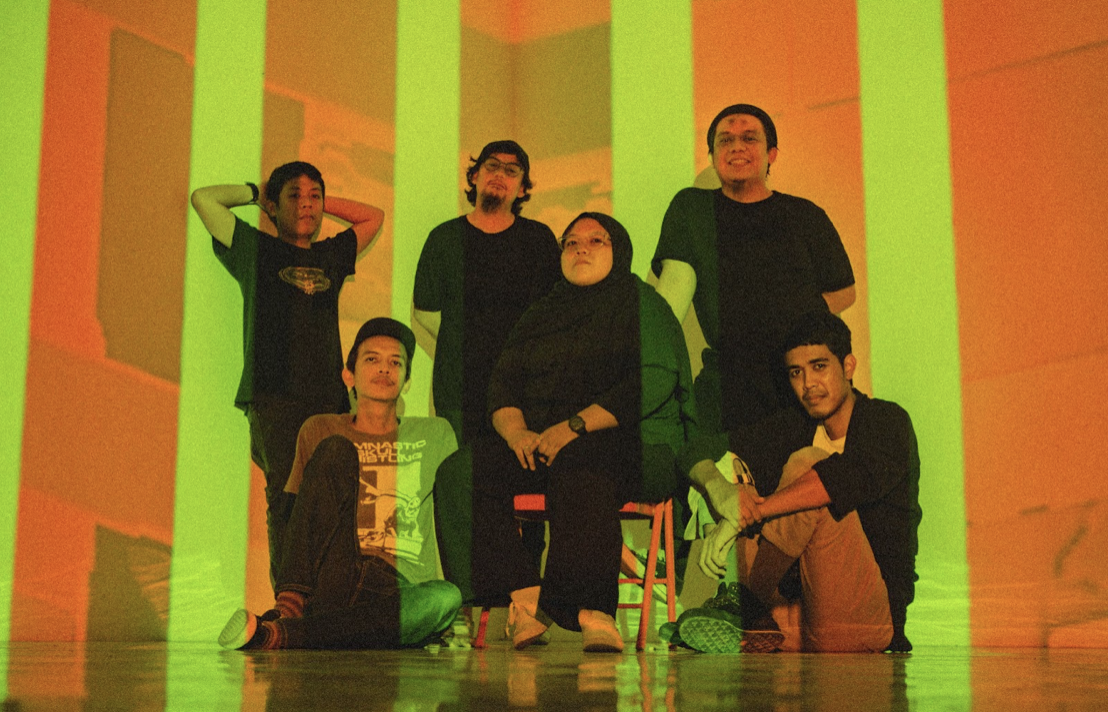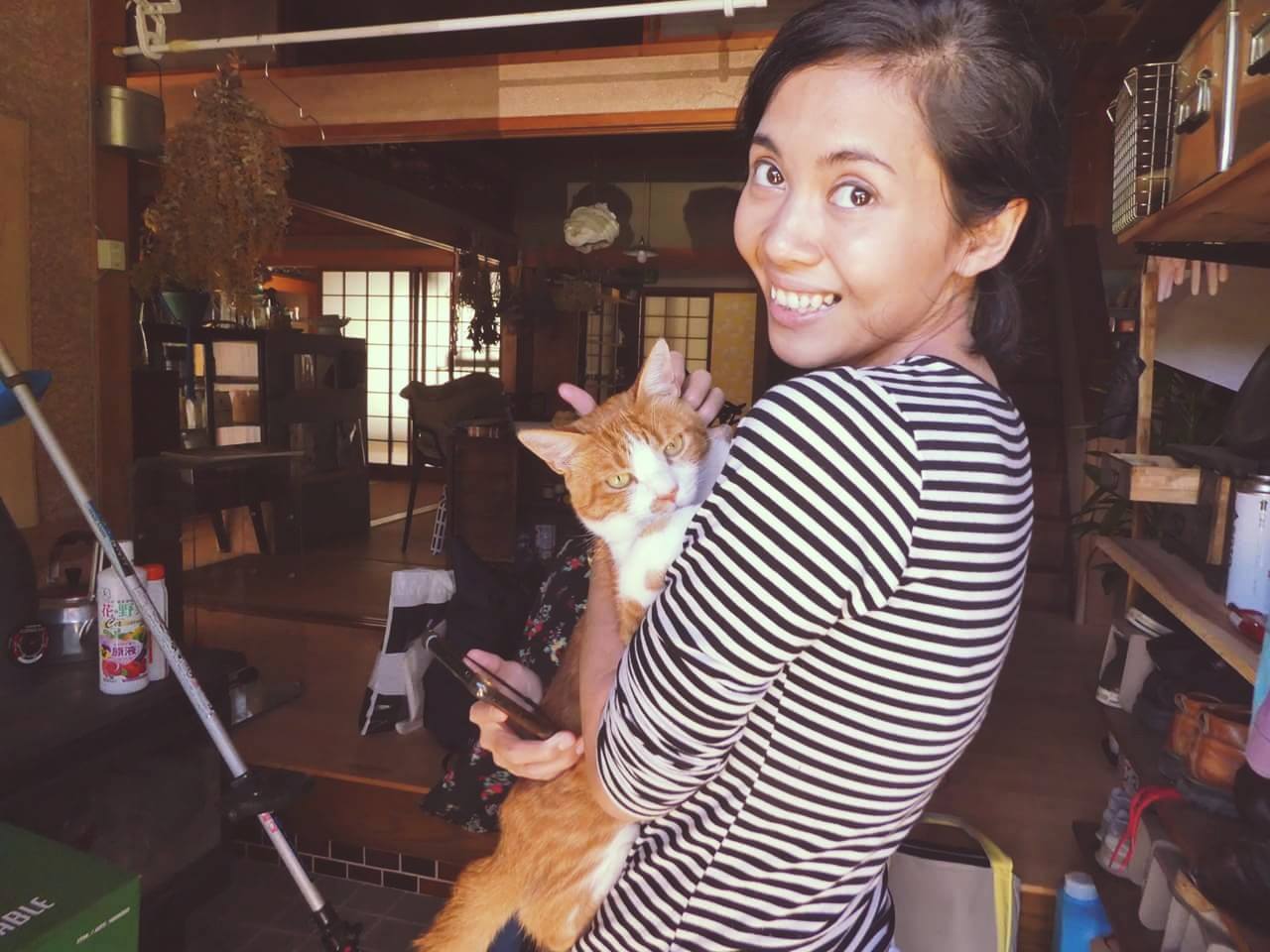Sulawesi【Sea×Atr&Design】Report
2022.03.31
Indonesia(インドネシア)
UMITOMACHI: インドネシアの海とアート&デザイン
I am taking you to a different region in Sulawesi, which is located on the west side in a city called Mandar. Mandar to Tokyo has a distance of 4,838 km, it has different ethnic groups, Languages, and different political climates. The 4 dominant Ethnic groups in South and West Sulawesi are Toraja, Makassar, and Bugis. Mandar itself is known as the Ethnic Group of people who are proud of sailing. There is a famous quote in the book by Christian Pelras: The Bugis in 2006, where he stated, “Mandar excels with Sailors.”
今回スラウェシ島の別の場所をご案内します。こちらは西スラウェシのマンダール、マンダールから東京までは 4,838 km、異なる民族・言語・政治情勢のまちです。スラウェシ南部と西部のトラジャ、マカッサル、ブギス4つの主要な民族グループ、船方を誇りに思う民族として知られています。「マンダールは船乗りとして優れている」-クリスチャンペラス:ブギス本より-2006年
I have two guests who come from this city of Mandar. They are brother and sisters.
マンダールから兄妹のお二人をお招きします。
Dahri Dahlan is a lecturer from the faculty of Mulawarman University Samarinda, an active writer and editor for non-academic and social events. His books ‘Hal-hal yang pergi’ published in 2018 and ‘Kisah Samariona’ has been made into a radio play in @Spotify by Teater Koma who worked together with Dapoer Dongeng in 2020.
@dahri_dahlan
ダヒーリ・ダハランは、ムカワルマン大学サマリンダ校の講師であり、フィクションおよび社会的イベントの活動的な作家であり編集者です。 彼の著書「Hal-halyangpergi」は2018年に出版され、「Kisah Samariona」は、2020年にDapoerDongengとTeaterKomaの協力によって@Spotifyでラジオドラマになりました。
@dahri_dahlan
Nurhaerana (Rianna) teaches in middle school and is active in weaving and educating about Mandar textile. She initiates a movement in her hometown so the weavers in her hometown produce textile with the quality standard. She also commercializes weaving textiles Malolo in her social media @rianna_malolo
ヌルハエラナ(リアーナ)は中学校の教師で、積極的に織物とマンダールテキスタイル教育に取り組んでいます。 彼女は故郷で活動を開始し高品質の織物を生産しています。 彼女はまた、ソーシャルメディア@rianna_maloloで織りテキスタイルMaloloを商品化しています
This is their hometown. Above is a picture of the houses and homes in Mandar, the homes have a distance of 50m to the sea, the stones and wood by the sea have already turned to mold. And in Mandar, as you see many boats by the sea, you will know that Mandar is filled with mostly fishermen and other professions as civil servants.
こちらは彼らのまち。上の写真は海側から見たマンダールの家です。家から海までが50mです。
潮の満ち引きが強く、岩にボートの破片や海藻が付いています。
マンダールの海にはたくさんのボートがあり、住民のほとんどが漁師、他は公務員が主です。
Here is a glimpse of a fisherman after fishing cleaning the yellowfin Tuna fish he just caught and is preparing to be sold in the market.
漁師が釣ったばかりのマグロを、解体して市場で売る準備をしてます。
Here is another common sight in Mandar, you can see the abundant coconut shell everywhere, as the inside, the coconut meat, is used for eating, the coconut water used to drink or grill fishes, and the shells used as fire to grill fishes.
こちらはマンダールのもう一つの一般的な光景で、たくさんのココナッツの殻が至る所にあり、中の実は料理、ココナッツウォーターは飲料や焼き魚、殻は魚のグリルの火に使います。
It is their unwritten ‘Law’ that their meal must consist of fish dishes, you will see about four or five more fish dishes than vegetable dishes.
食事は魚料理でなければならない、というのは暗黙の決まりがあります。
魚料理が4から5つ、野菜料理より多いです。
Mandar Weaving Craft Culture
マンダールの織工芸文化
Mandar Weaving Textile
マンダールの織テキスタイル
Mandar is known for the presence of its weaving craft culture. This culture shows various aspects of nature and social condition, about the habit and their culture, and also about the very detailed craftsmanship.
The picture above shows a woman who is weaving a textile at home. It is very common for the women to weave textile at home while her husband goes to the sea and goes fishing, he can be gone for days, months, or a year, and their wives spend time taking care of the family while weaving.
The weaving tool is made of wood, often made by the husbands by using wood and items around the boatship they carry. For example, this is a can paint used to roll the threads used for weaving.
マンダールはその織工芸文化で知られています。 この文化は、自然と社会的条件のさまざまな側面・習慣・文化、そして非常に繊細な職人技で表現されます。
上の写真は、女性が自宅でテキスタイルを織物をしている所です。男性が海に出て魚を釣っている、数日・数ヶ月・一年の間、女性が家で織物をしているのがとても一般的です。
織物の道具は木で作られていて、夫が船周りのアイテムを使って作ります。例えば、こちらは船に使ったペンキの缶を糸巻きとして使ってます。
And here is an example of the tools and the names which are written in their own language and have no translation because it is only used in their area.
こちらは、独自の言語で書かれていて、この地域でのみ使用されているため翻訳できない織物の道具と名前です。
Here is a video of the weaving process.
こちらは織りのプロセスを紹介するビデオです。
A Mandar Wedding
マンダールの結婚式
This is an image of a Mandar Wedding, this was the wedding of our guest, Dahri Dahlan, who got married last year. This is also an example when a Mandar weaving textile is worn, during a wedding. The picture above shows the bride sitting next to her grandma with the best silk sarong (wrap around fabric) textile. The left picture shows a traditional ritual where the senior members of the family change the sarong almost three times before putting on the right textile. This is usually done to the Groom after the wedding ceremony.
こちらの写真はマンダールの結婚式、今回のゲストDahri Dahlanさんの結婚式で、昨年結婚されました。結婚式でマンダールの織物がどのように使われるのかの例です。上の写真は花嫁が最高のシルクサロンを纏った彼女の祖母と一緒に座っています。左の写真は、家族の年長者が正しいテキスタイルを着る前にサロンをほぼ3回交換する伝統的な儀式です。 これは通常、結婚式の後に新郎に対して行われます。
Sarong as a Symbol
シンボルとしてのサロン
The sarong itself has many layers and meanings to it. Depending on social conditions, what is in trend, and references made by the crafter.
社会的条件・その時代のトレンド・および職人の技術で表現するサロン自体に、深い意味があります。
This pattern is called the Sure’ Parabola which translates as Antenna Pattern and is seen to reflect a pattern represented during a certain time. This is because in the late 80s and 90s when houses started using Antennas it inspired a woman to weave Antenna patterns.
こちらのパターンはSure’Parabola、アンテナのパターンと訳され、特定の時間に表現されたパターンを反映しているように見えます。 これは、80年代後半から90年代にかけて、家がパラボロアンテナを使い始めたときに、女性がアンテナのパターンを織り上げるようになったのです。
This is a Sure’ Bunga Daster or Flower Motif Pattern, which was born to reflect and be a representation of what is popular. This pattern was inspired by the casual dresses Indonesian women often wear at home called ‘Daster’ that has flowers on it.
これは、当時人気のあるものを反映して表現するために生まれた、Sure’BungaDaster、花柄のパターンです。 このパターンは、インドネシアの女性が家でよく着る「Daster」と呼ばれる花柄のカジュアルなドレスから着想を得たものです。
Above is the Sure’ Tujuh Sepuluh or Seven Ten (7-10) Pattern, a pattern reflecting and becoming a representation of a collective memory in history in Mandar. This squared pattern was created during an important time in the history of Mandar when a battle happened which they called 7-10. It represented the conflict of holding on to different ideologies between the people.
上の写真はSure’ Tujuh SepuluhまたはSevenTen(7-10)のパターンです。これは、マンダールの歴史の残された記憶を反映し表現したパターンになります。この四角いパターンは、マンダールの歴史の中で重要な、7-10と呼ばれる戦闘が起こったときに作られました。 異なるイデオロギーを持つ人々との間の対立を表現しています。
New Form of Storytelling
新しい形のストーリーテリング
With the rich history of Mandar and its local heritage, how can Dahri and Rianna preserve their craftsmanship and culture to a new generation? As Dahri is a writer and Rianna a weaver, a collaboration by the British Council Indonesia, Rumata Artspace, and MakkoMikki Comic Lab was created where storytellers and illustrators were gathered to highlight their culture. The result of this collaboration is a book created called:
豊かな歴史とその地域の遺産のマンダール、ダヒーリとリアナはどのように職人技術と文化を新しい世代に引き継ぐことができるのか。 作家のダヒーリ、織工職人のリアナが、ブリティッシュカウンシルインドネシア・Rumata Artspace・MakkoMikki Comic Labのコラボレーションで、ストーリーテラーとイラストレーターが集まり、彼らの文化をまとめました。 このコラボレーションで完成した本を紹介します。
Kisah Samariona (Kisah dari Tanah Mandar)
translated as The Story of Samariona, (Stories from the Land of Mandar)
Kisah Samariona / サマリオナの物語
What is the story about?
A girl named Samariona was constantly waiting for her father who went fishing to return. She then decided to make her first weaving sarong —which even though did not start so well, as her male friends always made fun of her, made Samariona determined to finish.
With her parents’ and environment’s support, and an incredible talent, she made her first weaving textile. Making her father surprised and proud upon his return.
サマリオナという名前の女の子は、漁に出かけた父親の帰りをいつも待っていました。そこでサロンを織ることを決心しましたが、はじめはあまりうまくいかず、彼女の男の友達がいつもそんな彼女をからかっていましたが、サマリオナは作りあげました。
彼女の両親と周りのサポート、そして彼女の素晴らしい才能で、初めての織物ができました。
父親が帰り、彼はサロンの出来栄えに大変驚き、サマリオナのことを誇りに思いました。
Samariona’s Mission
サマリオナの使命
Samariona was created as an answer to the lack of hero representation in the city of Mandar. For the younger generation in Indonesia, we are accustomed to a lot of anime and cartoons from Japan and also many stories from Disney or Marvel. With this in mind, Dahri wanted to make sure the book and the character Samariona is relatable to the youth in Mandar. Hoping she can be a representation of strength in her own hometown.
サマリオナは、マンダールのまちを代表するヒーローがいないことへの答えとして作成されました。 インドネシアの若い世代は、日本の多くのアニメや漫画、そしてディズニーやマーベルの多くの物語に慣れ親しんでいます。 これらを念頭に置き、ダヒーリは本とキャラクターのサマリオナをマンダールの若者に親しみやすいものにしたかった。 彼女が自分の故郷の強みを代表することを願っています。
Reflection of the Story
この物語の考察
In the book you will find many different elements related to the writer’s childhood. For example, when he was young and playing by the beach and the sea, there would be a number of birds in Mandar called ‘Manu Toraya’. If you see this bird by the shore it is a signal that the sun is about to set and is almost night time. As if saying, it is time to go home.
この本には、作家の子供時代に関係するさまざまな要素があります。 たとえば、子供の頃ビーチや海で遊んでいた時、マンダールには「Manu Toraya」と呼ばれるたくさんの鳥がいました。 岸辺でこの鳥を見ると、太陽が沈みかけ、夜になるという合図、つまり、家に帰る時間の合図です。
The book also shows other relationships between humans and animals in the sea. In one scene in the book, as Samariona was waiting for her father to return, she talks to the tiny sea creatures around, the crab and the starfish, to which she always asks, “have you seen my father at sea?” and the animal answers, “Samariona, with all humbleness, our eyes and hands are small, so we have not seen where your father is.”
この本はまた、海のまちの人間と動物の間の関係を示しています。 本のあるシーンで、サマリオナが父親の帰りを待っていると、周りの小さな海の生き物、カニやヒトデに話しかけ、「私の父親を海で見たことがありますか?」といつも尋ねます。 そして動物は、「丁寧に、サマリオナ、私たちの目と手は小さいので、あなたのお父さんがどこにいるのか見ていません」と答えます。
Content of the Book
本の内容
This is a glimpse of what the storybook looks like, the journey of Samariona, waiting, being bullied by her male friends, her being determined to learn weaving while waiting for her father, and eventually her father at sea ready to return back home.
これは、物語の一部です。サマリオナの旅は、父親の帰りを待ち、男の子の友達にいじめられ、父親を待っている間に織り物を学ぶことを決意し、最後に海から父親が家に帰ってくるという内容です。
A new interpretation
新しい解釈
This pattern is used in the book as a symbol for Samariona to keep going. Just like this plant, no matter how strong the wind is, no matter the condition, it still grows beautifully and can be of use for others.
このパターンは本の中で、サマリオナが作った織物のシンボルです。この植物のようにどんなに風が強くどのような状況でも、美しく育ち、他の人のためになります。
Book Excerpt 本の抜粋
Samariona is seen with her (kindo) mother waving her hand to the (lopi) boat that has a colorful flag. Lopi, who is well known by Samariona finally came on day 30. The fabric she has been weaving is also finally a sarong she wore to pick up her (pua) father. The pattern Sure’ bunga sape’ is beautifully decorated on it.
Feelings of happiness and joy filled the peaceful Mandar bay. Many were also welcoming the arrival of the (lopi) boat that is punggawa-i pua by Samariona. They watched Samariona grow with a deep longing. The (Pua’) father of Samariona came down bringing a (roeng) that made Samariona happy.
“I told (kindo) mother that if (pua) father returns, I will make you a (roeng)”
“Now that is done, (pua) father wants to see you weave a sa’be now.”
サマリオナは、カラフルな旗のロビと愛称のボートに手を振っている母親のキンドと一緒に見てます。 サマリオナをよく知っているロピがついに30日目に帰って来ました。彼女が織り上げてきた織物、ついに父親のプアを迎えるために作ったサロンもできました。 「Sure’ 」の模様が美しく入ってます。
マンダール湾は、平和、幸福と喜びの気持ちで溢れていました。 多くの人もロピのボートの到着を歓迎していました。 彼らはサマリオナの成長を温かく見守っていました。 サマリオナの父親のプアが約束したロエンを持って降りてきて、サマリオナはハッピーになりました。。
「母親のキンドに、戻ってきたらロエンを作るようにお願いしました」
「今度は、父親のプアがあなたが作ったサロンをみたい番です。」
SAMARIONA
means
“She will be happy”
サマリオナの
意味は
「彼女は幸せになるでしょう」
Video Credit: Dahri and Rianna Dahlan
Photo Credit: Dahri Dahlan and Athina Dinda
- Profile
- Indonesia(インドネシア)
アティナ ・ディンダ / Athina Dinda
異文化を学ぶことやアートとデザインが好きです。 英国とインドネシアの文化関連団体で芸術プログラムのマネージメントに携り、現在、コミュニティベースのデザインとイノベーションに焦点を当てた文化、芸術、科学、技術の組織(CAST 財団)でも働いている。

REPORT
関連するレポート
-
NEW

Sulawesi【Sea×Food】Report
レポート:インドネシア
Cebu【Sea×Food】ReportUmitomachi: Sea and Food in Indonesia Sulawesi インドネシアの海と食 Indonesia is an archipelago, it […]
-
NEW

Sulawesi【Sea×Music】Report
レポート:インドネシア
UMITOMACHI: インドネシアの海と音楽 For the music session, we are taking everyone to Makassar, the port city in South Sula […]
-

Sulawesi【UMITOMACHI Fes】Report
レポート:インドネシア
インドネシアは17,000の島々からなる国で、海に囲まれています。海を愛する気持ちをUMITOMACHI “My Neighbor’s Port” は取り戻してくれました。 高層ビルのあるにぎやかな街に住んでいたので、海 […]

